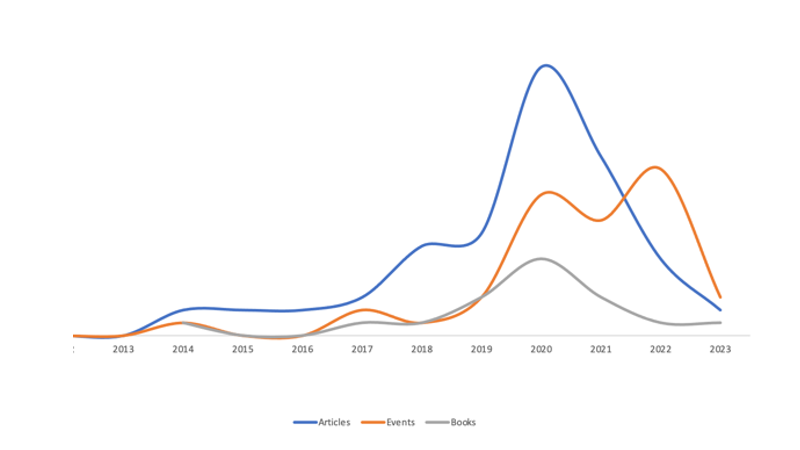Habit Matters - The change is a side effect
- 11 minutes read - 2198 words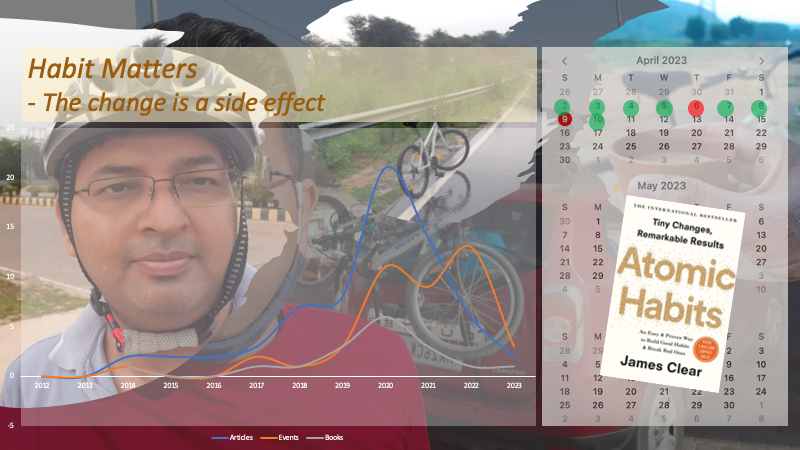
“Change is the only constant, it doesn’t matter whether we like it or not, it takes place”- shared and reflected in my change stories.
Over the years, I have been following my theory of change Accept-Observe-Absorb. It helped me to traverse through the change year 2020, and understand the role of “Will” and how to cultivate it. I shared how just one change “working from my native home” brought so many other changes in lifestyle and behavior. I advocated taking advantage of such situations when our brain is ready to accept change easily. It changed me to a new person, the 5 am person, who takes frequent 5 km riverwalk, regularly cycles 30-40 km to have morning tea with my cousin and returns before starting work. I believed that motivation is the only thing that is needed to make a change, and change would persist.
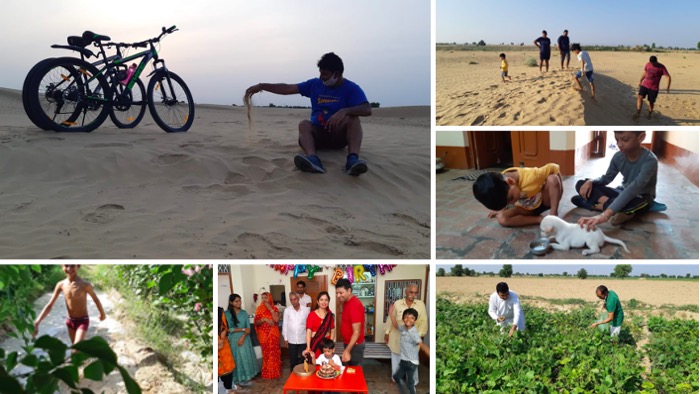
After a good 9 months, we moved back to my work city Gurugram (aka Gurgaon), and here I tried my best to continue the similar routine but settling back in an old environment rolled me back in time, where there was no river to walk, no cousin waiting for morning tea. I found alternative cycle paths in nearby mountains, joined the strava app and community. Despite it, all this lasted in the next few months, winter came, and it never resumed actively in summer as planned, focus shifted to other activities - a new house or father’s retirement, and identity rolled back.
Another reflection on my contribution to thinkuldeep.com that I set up with intention to uninterrupted sharing and caring. There is a spike of my contribution in year 2020, and then in the year 2022 spike in the events, it was mostly due increased external influences. Contribution is also proportional to the number of books I read. Overall, the performance is not consistent, and it is very much driven from external factors of motivation, situations, and opportunities. All the years I wondered,
How can we explain the loss of motivation that once brought about significant change, but eventually faded away over time?
Why is it that some tasks seem to be accomplished with ease, while others require a significant amount of effort without yielding the desired results?
I find the answers in the book Atomic Habits by JemesClear. Thanks to my colleague Sumeet Moghe for sharing the book with me, one can find his inspiring work at www.asyncagile.org and www.sumeetmoghe.com. The book does influence my change theory that change is very much a momentary thing, it can be well triggered from various factors, but a change that persists is a side effect of habits.
I am sharing my key takeaways from the book in the rest of the article. I recommend reading the book. Author has presented tons of examples and facts that backs what he explained in the book.
🎯 Chase the habits not goals
Habits are our repeatable behaviors that we follow knowingly or unknowingly. Eg. 🛏️ making or not making up our bed just after waking up, 🧹 cleaning or not cleaning up our table each time it gets dirty, or something like what my wife does when we go for a trip she counts all bags, and people with her 😀. Collectively our habits define our identity. If we want to become a person who keeps his or her home clean, then we need to chase our habits. Cleaning the home at one time due to some motivation or when guests are coming would not make us that person, what matters is repeating the habit of cleaning up and avoiding the habit of leaving clutter behind.
The way money multiplies through compound interest, the frequency of compounding matters more them the rate of interest.
Habits have the same effect, repeating them every day gives enormous results over time. The author focused on the 1% rule for continuous improvement. Just 1% improvement each day can make us 37 times better over the year, and just 1% worse a day will take us to zero in the same year. We never succeed or fail in our life by some overnight transformation, rather our success or failure are the result of repeating our habits. Habits can well compound for us or against us depending on what we follow (good habits vs bad habits).
Atomic habit is the smallest behavior that can be repeated effortlessly and it becomes so automatic that we don’t realize doing it, the tiny change that can lead to that 1% improvement. Achieving a goal is just a momentary thing, and instead of it we need to focus on systems of building automic habits. This is what I missed, I focused more on the goals (5-10 KM walk, 30-40KM cycle), momentarily achieved them, but continuing them was hard, these goals restricted my happiness, and long term thinking. I never thought of building the foundation that can continuously drives forward. James described these scenarios very well in the book. Reading a book is one thing, and becoming a reader is another.
Figuring out answers for the powerful question like
“I am X, what does a person like X do?” will tell us what habits we need to have in us to become X.
X can be any identity that we want to be, reader, writer, athletes, painter, doctor and so on.
🧠 Understand how does our brain learn
James explains that technique called reinforcement learning where the brain keeps scanning the environment and tries different responses, and learns from the results as reward or penalties.
I and my friend Raju Kandaswamy described it in details in the article on “Training Autonomous Vehicle” where a driver (called agent in technical terms) was given set of rules for rewards and penalty, and that driver supposed to learn parking a car.
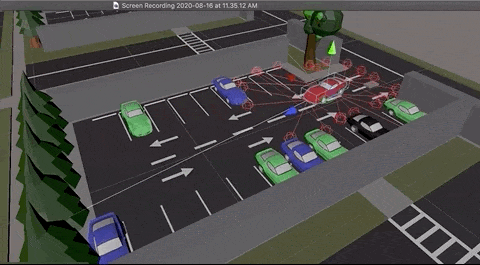
After millions of hits and trials (small steps) the agent finally learns to park a car in an empty slot without hitting the other cars. To our surprise the driver automatically learns to reverse the car, and takes the optimal paths. It was amazing to see this simulation visually, the agent was really making very small steps, initially making a lot of mistakes and then gradually learned to avoid penalties and follow the rewards. This is exactly how automic habits stick and the brain learns to repeat them safely.
🏋️ Create a good habit
The book covers very simple laws for creating good habits. To my surprise I learned that creating a good habit does not always need motivation, the environment does have a role play in it. Did you notice small items stacked near the billing counter queue of the supermarket? People end up picking these small items even if they were not in the buying list. Similarly, James shared an instance from a hospital where the water intake/buying behavior for water increased against soda, just by making water availability more obvious than that of soda, and this was achieved without a single message or motivation for good health to the consumers.
Brain needs a cue to trigger a particular behavior, and making the cue obvious and visible in the environment is the first law of creating a good habit. Author described ways to link the new behavior with existing obvious behavior, and better we map the new behavior with time and location. Any ambiguity at this stage would lead to missed behavior. Next thing is making the behavior change attractive such that it is irresistible. Dopamine plays its role in the brain, it causes craving and desire to do a thing. Pairing an action that you want to do with a tempting action we already do helps here. Imitating behaviour of close family, friends or communities or powerful influencer makes the behaviour attractive, eg. I started imitating cycling habits from my cousins. I tried to make my behavior obvious and visible via social media, and make it attractive too.
But that’s not enough, naturally our brain is designed to be lazy, we tend to do tasks that are easy, or that look easy to do.
For habit formation, repetition of a behavior is more important than the time spent on a habit.
Idea is to reduce friction for good behavior. The author described 2-minutes rules that I think can break any friction for habit formation. I never needed to maintain a streak of 50km cycling, or 5-10km walk, but what I needed was to just show up daily, even 2 minutes cycling or walk would have made that behavior automated, and effortless. Technology can rescue and automate a behavior and reduce friction, inclusion of tech is one time actions
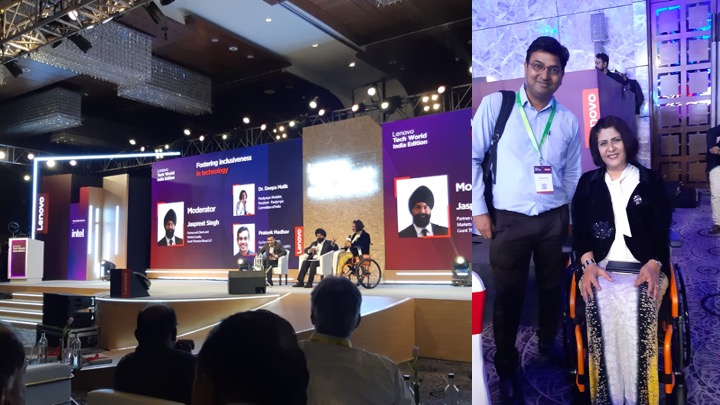 Deepa Malik, the first women paralympian of India, has explained how they have used technology to measure heartbeat, and other vital information while practicing, increased India’s performance at paralympics in multi-fold. On advice of Sumeet I gifted a Kindle to myself. This is a onetime action to continue the journey of a reader, writer and influencer. Such action can help reduce friction, and can lock our future behavior.
Deepa Malik, the first women paralympian of India, has explained how they have used technology to measure heartbeat, and other vital information while practicing, increased India’s performance at paralympics in multi-fold. On advice of Sumeet I gifted a Kindle to myself. This is a onetime action to continue the journey of a reader, writer and influencer. Such action can help reduce friction, and can lock our future behavior.
We talked about rewards and penalties in reinforcement learning, behavior that rewards will be repeated, and punishment will be avoided. In a way the behavior that satisfies would become a habit. However here the brain looks for immediate satisfaction, there are always delayed rewards of good habits. For example, healthy eating may not immediately make you lose weight, but eating pizza may give immediate reward.
the human brain prioritizes immediate rewards over delayed rewards.
Immediate rewards can be achieved by getting a sense of achievement. So track the habit, and showing up as per plan is also an achievement, and give immediate satisfaction, try to never miss showing up, and if missed, never miss twice. Recover faster from habit breakdowns.
🚭 Break a bad habit
The author explained that breaking a bad habit is just the inverse of creating a good habit. However, when I see it first time in the book, I was like it is easier said than done. Author explained it quite well with a number of examples.
So to break a bad habit, we need to make them invisible from the environment, so it does not become obvious choices. Eg. get rid of TV from bedroom to sleep early, remove mobile charging points out of bedroom. Make the bad habit un-attractive, un-important, and difficult by increasing friction between you and bad habit, use technology to restrict choice to the benefits. Make the bad habit un-satisfying, a punishable offense in your habit contract with yourself. Make it painful.
Personally I feel this is harder than creating new habits. I am a strong believer of strength based leadership, where we work on strengths and overtime we overcome weaknesses automatically. I have not found many points to work upon here, so at this stage I am not thinking too much on this part, but will focus more on adding good habits.
🤞 Genes, Luck and Fall in Love with Boredom
After reading laws of creating good habits and breaking bad ones, I thought the book was over, and never thought the author would really talk about “talent”, “genes”, “luck” or “motivation”. As these look opposites to what it covered in the first half of the book. The author covers these with good facts and figures, and described these as advanced tactics that can make good to great.
We need to choose habits that best suit us, and not the one that is most popular. Genes and natural talent, personality, and physical capability do play an important role. When we pick the right habit, progress would be easier but when picking a wrong habit, life is a struggle. Understand what comes naturally to us. Working on our strengths gives us better results.
Motivation is also important, and if we keep doing very simple tasks then we get easily bored, and if we keep doing all hard/complex tasks beyond our capability then we will keep failing, author explained it with the GoldiLocks Rule. Working at natural balance is key to satisfaction. No habits can be forever interesting, as it would become automatic it may be boring as well. We need to fall in love with boredom. Consistency is critical. Author described a technique of variable reward to reduce boredom.
🫵 Review habits and break the Holdbacks
This part of the book is also surprising for me, where the author talks about the downside of a habit. But it is an important piece, similar to what I explained in one earlier article that success can hold us back from getting further success. Once a habit becomes automatic, we achieve mastery in that habit, stop paying attention to little errors, and stop improving further. Ideally one habit should lead to addition/improvement of the next habit, and it continues.
If we stick to a habit we tend to lock ourselves into previous patterns of thinking, while as we started this article with “change is the only constant” and the world is changing, so a periodic review and reflection on habits is required.
Keep upgrading your habits aligned to the identity you want to be! Keep changing.
Note:- Content is not generated from ChatGPT.
#general #selfhelp #covid19 #motivational #life #change #habit #takeaways #bookreview #leadership